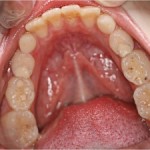
In this blog we take a look at the latest clinical practice guideline from the American Dental Association on restorative treatments for primary and permanent teeth with moderate and advanced caries.
[read the full story...]
In this blog we take a look at the latest clinical practice guideline from the American Dental Association on restorative treatments for primary and permanent teeth with moderate and advanced caries.
[read the full story...]
This review of domiciliary professional oral care on root caries development and progression in care-dependent older adults included 4 RCTs. While all the included studies indicated a benefit the interventions and outcomes were veriable and none were considered to be at low risk of bias.
[read the full story...]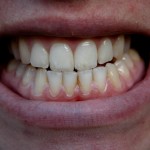
This review and network meta-analysis of seven treatments for white spot lesions (WSLs) included 36 clinical RCTs published since 2007. The findings suggest that self-assembling peptide P11-4 and resin infiltration had a positive effect on WSLs but the findings should be interpreted cautiously.
[read the full story...]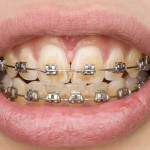
This review evaluating the preventive effect of regular applications of fluoride varnish (FV) on the development of white spot lesions (WSL) during orthodontic treatment included 7 RCTs. Meta-analyses demonstrated a reduction in the risk of WSL with regular FV applications but the certainty of evidence was very low.
[read the full story...]
This review of the relationship between adverse childhood experiences (ACEs) exposure and oral health among adults included 4 cross-sectional studies with the findings indicating an association between ACEs and poor oral health.
[read the full story...]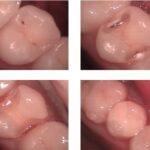
This review of different direct restorative materials for treating cavitated caries lesions on anterior and posterior primary and permanent teeth included 38 RCTs. None of the included studies was at low risk of bias and the findings suggest that the effectiveness of each included direct restorative material varied across outcomes. There was also limited evidence to support clinically important differences between the direct restorative materials assessed.
[read the full story...]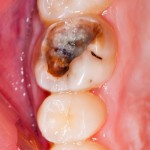
This review comparing stepwise removal (SWR) and selective removal (SCR) of deep carious lesions in primary and permanent teeth included 9 RCTs. The findings suggest that SCR may be more succesful than SWR but they should be interpreted cautiously because of the limited number of studies for some outcomes.
[read the full story...]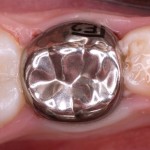
This review of the outcomes of preformed metal crowns placed on primary molars using conventional and Hall techniques included 5 studies. The findings suggest similar overal sucess and survival rates for both techniques.
[read the full story...]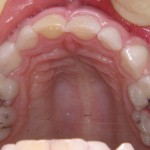
This review of the efficacy of silver diamine fluoride (SDF) in controlling caries progression in cavitated primary molars included 9 RCTs. The findings found an overall effect in preventing caries progression = 33% (95%CI; 26 to 40%) at 12 months.
[read the full story...]
This review of the effectiveness of professionally applied fluoride therapy in preventing and arresting dental caries in older adults aged 60 years or above included 7 studies. The findings suggest that 5% NaF varnish, 38% SDF solution, and 1.23% APF gel were effective in preventing root caries but the studies were varied in treatment protocols, intervention method and follow-up period so more research in needed.
[read the full story...]